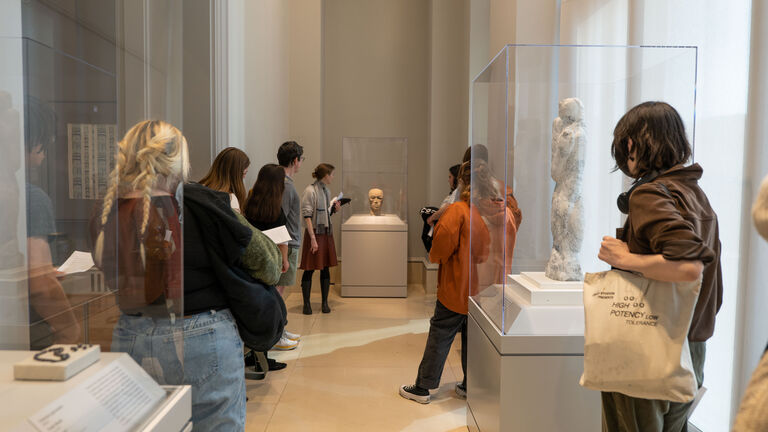
Art History, Theory, & Criticism
Art History, Theory, and Criticism: Art History MA Programs, BA & BFA
Welcome to the Department of Art History, Theory, and Criticism at the School of the Art Institute of Chicago—the largest department of art history specializing in modern and contemporary art in the United States. Our diverse curriculum explores global art across all media, design, architecture, and visual cultures, enriched by contemporary theories. Students take classes with our internationally renowned faculty whose expertise range from Asian, African, Latin American, European, and North American art and design.
As part of SAIC's Art History MA and undergraduate programs, you'll engage in research at a prestigious art school linked to one of the world’s most renowned museums. Collaborate with our dedicated faculty, specializing in modern and contemporary art and design, to challenge, debate, and redefine the field. Join us and immerse yourself in our diverse and vibrant community of researchers.
Mission Statement
The Department of Art History, Theory, and Criticism at SAIC advances historical, contextual, and critical understandings of the roles of art and design in all aspects of modern and contemporary life. We teach students in specialized art history BA and MA degree programs, and support the school-wide BFA and MFA curricula. Faculty and students pursue local and transnational dialogues in our classes through scholarly research, writing, and curatorial practices enriched by the careful observation of works of art and design in the collections of the Art Institute of Chicago and elsewhere. Our goal is to prepare students to analyze art and design’s diverse creative, intellectual, aesthetic, ethical, historical, and social dimensions.
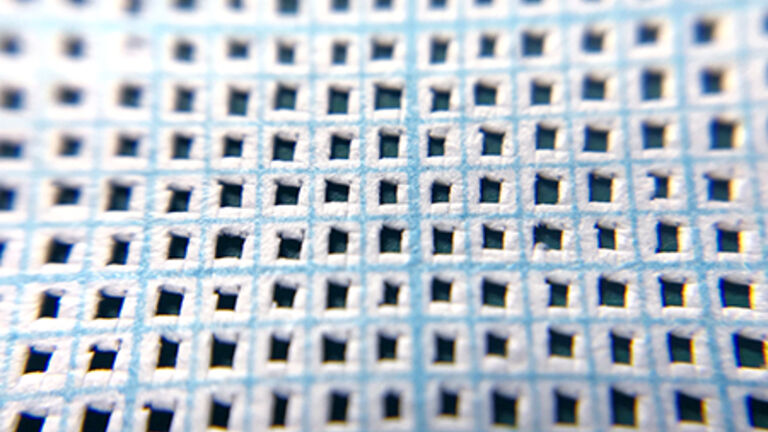
Take a Campus Tour
Explore our campus by taking a student-led in-person or virtual tour.
Undergraduate Programs
Art History is a central part of all students’ education at SAIC. The Bachelor of Arts in Art History degree program draws on the depth and diversity of offerings that only a major art school connected with a world-class museum can provide. Substantial coursework in art history, supported by additional coursework in liberal arts and in studio departments, define the SAIC Art History course of study.
The Department of Art History, Theory, and Criticism newly offers BFA students the option to supplement their studio curriculum with an Art History thesis.
Learn more about SAIC’s undergraduate degree program requirements and art history curriculum.
Master's In Art History Programs
SAIC's Art History MA programs offer an exceptional exploration of global art and design across all media, immersing students in a vibrant context of creativity and cultural expression. As the largest modern and contemporary art history department in the nation, we pride ourselves on a rich curriculum that is both rigorous and expansive.
Guided by our internationally renowned faculty, who are deeply engaged in their fields, students benefit from the dynamic Chicago environment—the Art Institute of Chicago and other world-class museums, the historic architecture, captivating public sculptures, extensive libraries, and a thriving gallery scene.
Our graduates emerge as leaders in the art world, carving out successful careers as curators, professors, writers, critics, publishers, gallerists, arts administrators, and activists.
Graduate students can pursue a Master of Arts in Modern and Contemporary Art History or a graduate Dual Degree option in Modern and Contemporary Art History and Arts Administration and Policy. Learn more about SAIC’s master’s degree in art history programs.
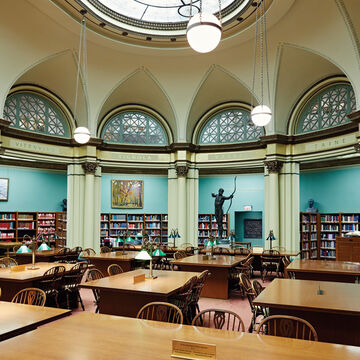
Art History, Theory, and Criticism Faculty
Full-time faculty members are scholars with global reputations. Their research is on the cutting edge of present trends in the field with specialties covering Africa, Latin America, Southeast Asia, East Asia, Europe, and North America. Their teaching engages with interdisciplinary perspectives such as race, gender and performance studies, decolonization and the transnational, experimental media, and design history.
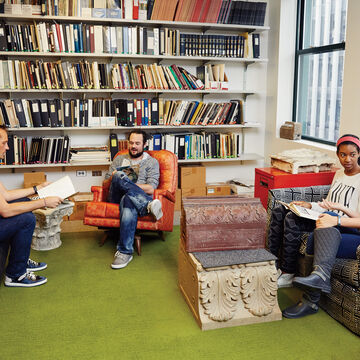
Graduate Thesis Projects
The thesis project is a central component of our MA program and involves in-depth, original research on a topic of the student’s choosing. Visit the SAIC Thesis Repository to browse thesis projects and abstracts submitted since November 2013.
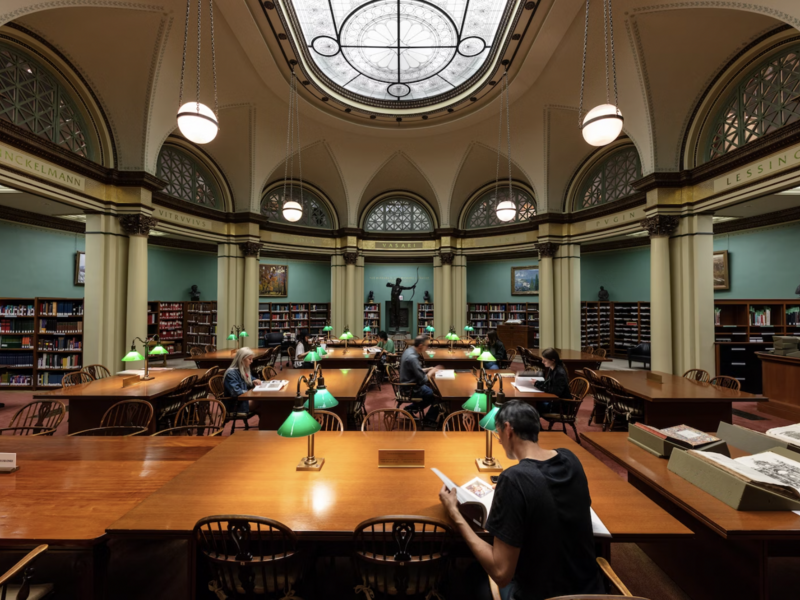
Meet Our Alums
Alivé Piliado (MA 2023)
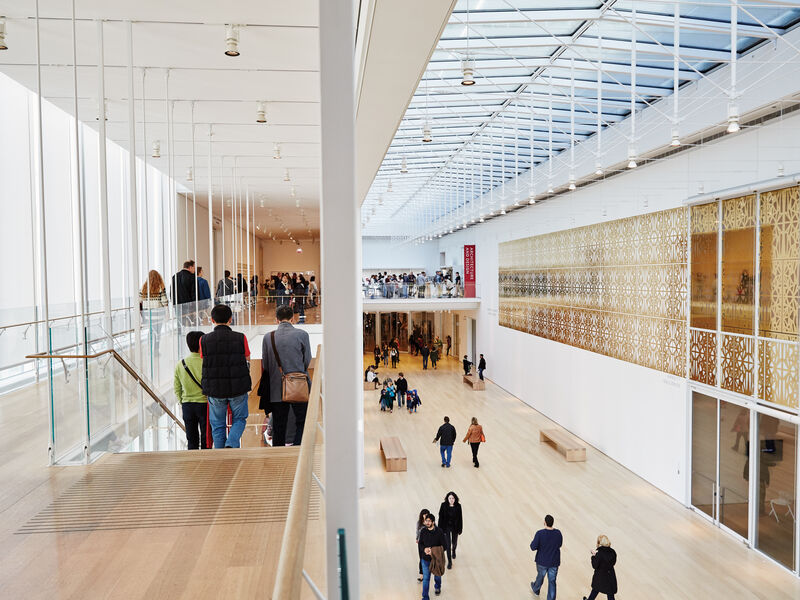
Margarita Lizcano Hernandez (BAAH 2018)
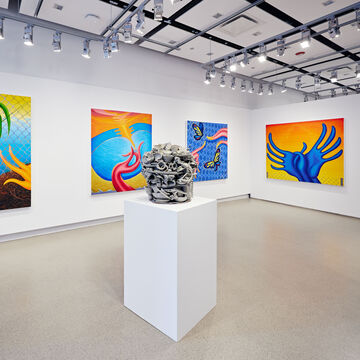
Works by Michael Casey, Josiah Ellner, and Deo Rai
Advanced Curatorial Practice
This professional curating practicum examines today’s complexities in making exhibitions in museums and carrying out projects in public spaces. It gives special attention to the interests and needs of artists and the potential for their voices to affect the cultural climate we live in. This course is supplemented by field trips around Chicago and visits with other working curators at varying levels of experience, institutional integration, and methodologies.
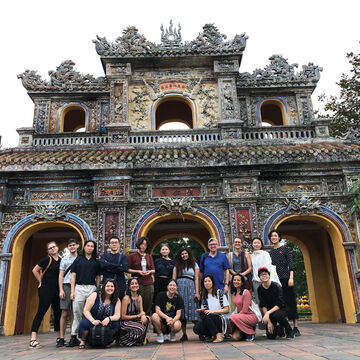
Study Trips
Faculty-led study trips take place during winter and summer holidays and provide students with dynamic opportunities to experience international travel and build intercultural competency. Students can earn credits towards their degree completion and the off-campus study credit requirement.
Faculty News
Follow us
Contact Us
Art History, Theory, and Criticism Office
MacLean Center
112 S. Michigan Ave., Suite 605
Chair
Mechtild Widrich mwidrich@saic.edu
Graduate Program Coordinator
Nora Taylor ntaylor1@saic.edu
Undergraduate Program Coordinator
Daniel Quiles dquiles@saic.edu





